PitchBook-NVCA Venture Monitor
Jean-Luc Chatelain's "2023 AI Industry Predictions"
Presenting the Q2 2023 Venture Monitor
Fresh off the press! Check out our newly released Q2 2023 PitchBook-NVCA Venture Monitor report, created in partnership with Insperity, J.P. Morgan, and Dentons, with data and analysis on quarterly U.S. VC dealmaking, exit, and fundraising activity.
What’s new:
The data reveals that the collapse of Silicon Valley Bank, rising interest rates, deepening geopolitical tensions, and increased interest around federal investment in frontier technologies, have had a profound impact on the venture ecosystem in the first half of the year.
Fundraising Activity:
In Q2, investors put $39.8 billion into U.S. startups, 48% less than in the second quarter of 2022.
However, that figure looks better when compared with long-term trends as U.S. startups are on track to raise about the same amount as they did in 2020.
Investment Activity:
Deal counts have leveled off, with just over 4,000 deals accounted for in Q2, remaining above pre-2021 figures.
The early stage had the fourth-most-active quarter ever in terms of deal count, and venture growth also saw a deal count increase.
Exit Activity:
Through the first half of the year, we observed just $12.0 billion in exit value generated from an estimated 588 exit events.
Despite the drab exit activity YTD, Cava’s IPO has captured the attention of many, who hope that its success will pioneer a resurgence of the IPO market. Plus, several generative AI startups have also been acquired in recent weeks.
Why it matters:
With the tightening market, there is an opportunity for the federal government to catalyze both capital formation and technology commercialization across the country, underscoring the importance of NVCA’s policy engagement in Washington right now.
Moreover, specific sectors such as life sciences and artificial intelligence hold countless opportunities in the most investor-friendly market environment in more than a decade.
Get the latest on the Venture Capital landscape from Pitchbook
The lingering impacts of the COVID-19 pandemic, rising interest rates at home, and conflicts abroad have defined the fourth quarter of 2022 for the VC industry. These factors have upended the assumptions on which the modern economy was built. Today’s businesses can no longer depend on brittle just-in-time supply chains, seemingly endless credit, or cheap energy controlled by governments that are not driven by broadly held notions of market efficiency and social welfare. To stay competitive, the United States’ public- and private-sector leaders need to make investments in advanced manufacturing, energy innovation, artificial intelligence, and workforce training to enable those industries and drive them into the future.
The ample credit and uncertainty that characterized the peak of the pandemic represented a brief but fruitful period for the VC industry. Deal counts and dollar amounts hit all-time highs, and there was a tremendous appetite for experimentation with a variety of business models in sectors ranging from finance to transportation to healthcare. While some of these investments were more successful than others, decision-makers in the public and private sectors spent 2022 allocating resources to meet the challenges of the postpandemic world. At face value, the short-term impact of this has been a reduction in market activity. However, the impacts of government actions to incentivize technology commercialization and workforce development have yet to fully materialize.
The inflation that drove the federal-funds rate to multidecade highs has also impacted the venture industry. For the past several years, VC has been an attractive asset class for major allocators. While the United States’ VC funds have returned impressive values to their LPs, one factor driving the growth of investment in alternative assets such as VC has been low interest rates, which made it difficult to generate returns in more traditional asset classes. As interest rates rise, allocators are diversifying, and this is likely to involve moving some assets away from VC. While 2022 marks an all-time high for VC fundraising and record amounts of dry powder, the rise of insider rounds and a plethora of established managers raising follow-on funds early in their current funds’ lifecycles suggest there is anxiety in the market, and current players are reinforcing their positions against the possibility of a tighter monetary environment.
The Russian invasion of Ukraine changed the economic imperatives of financial markets in a way that had not been seen for decades. For the past 40 years, globalization has resulted in widespread prosperity. This arrangement was so lucrative for all parties, and upending it seemed unthinkable. However, when faced with a new set of challenges, Western economies innovated. While this has led to some short-term challenges for the industry, the VC community will continue to be a crucial part of this process, leading the way in strengthening and diversifying the value and supply chains that the modern world depends upon.
In raw numbers, 2022 was a great year for the VC industry, with most indicators of market activity at or near record highs. When graded against any year other than the stratospheric 2021, industry activity was extremely strong. However, it is important to look at the quarterly trend, where activity dropped off steeply between the first and last quarters of 2022. The question is, was the decrease in activity during 2022 just the afterparty effect of 2021 wearing off? Or is the VC industry just taking a moment to regroup?


